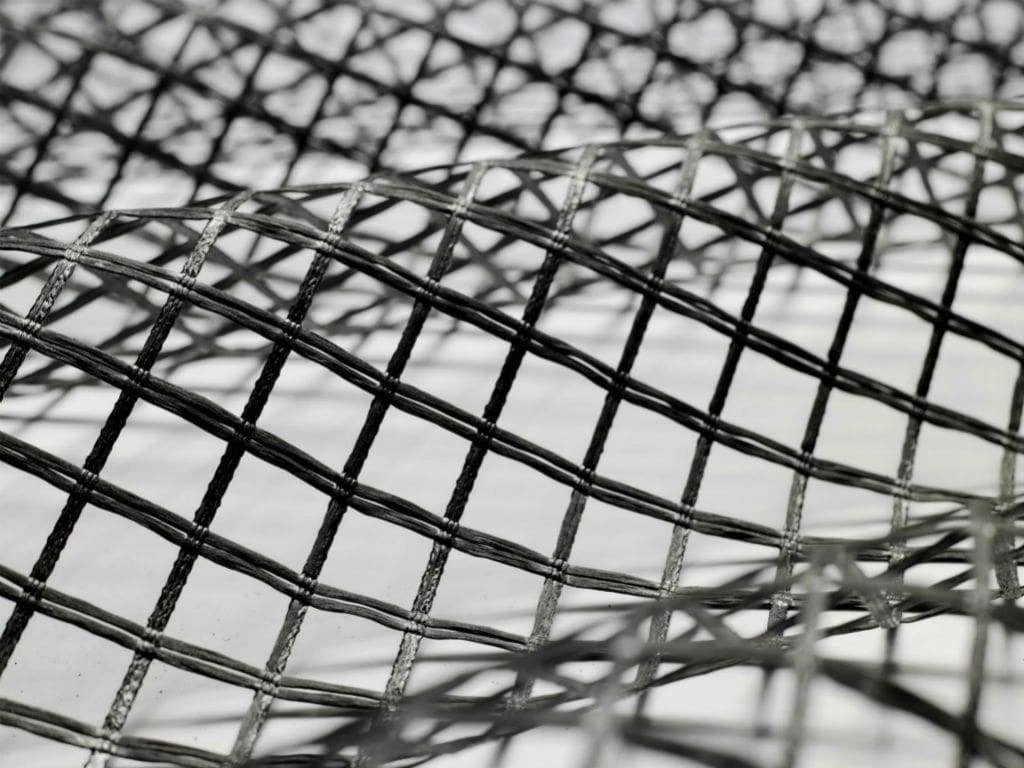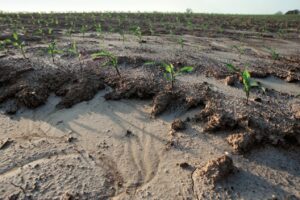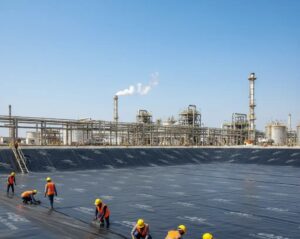The role of Geonets in the management of landfill leachate
The concept of waste management is not something new. With increased environmental pollution, there are newer methods, better planned and engineered waste management solutions. Sustainable waste management relies on the principles of Reduce, Reuse, and Recycle.
As per the Recycling Magazine report, India generates approximately 62 million tonnes of municipal solid wastes (MSW) annually. This number will, by 2030, touch 165 million tonnes. The size of the landfills and the number of landfills are always on the rise.
Proper waste management can help immensely, especially since the majority of the waste in India is organic. It is the need of the hour as well, considering waste disposal causes 1.6 billion tonnes of CO2 emissions.
What are landfills?
Landfills are essentially dumping yards and the oldest form of waste disposal. The waste could be municipal solid waste, industrial waste, hazardous waste, or organic/green wastes.
While a dump is just an open place/hole with trash, a landfill is a more purposefully designed structure to isolate waste with precautions not to contaminate the environment or groundwater.
What is landfill leachate?
Leachate is the fluid that percolates through landfill waste. It is a by-product of municipal waste.
Pollution from leachate is a global concern and challenge. It can percolate and migrate, contaminating subsurface soil and subsurface waters. Since leachate is potentially contaminated, releasing it into the surrounding environment is detrimental. Ideally, it should be contained (trapped), treated (managed), and then discharged (diverted).
Besides degradation and decomposition of waste, rainfall and water runoff into landfills also contribute to the formation of leachate. Landfill designs must accommodate efficient collection and removal of leachate.
Geonets to the rescue:
Geosynthetics find increasing use in environmental engineering and geotechnical engineering. Geonet geosynthetics are similar in structure to a geogrid and are the go-to drainage solution, especially for leachate collection in landfills.
The reason geonets are the preferred choice to traditional aggregate drainage is because of their cost-effectiveness, ease of installation, and sustainability.
The geonets have parallel sets of ribs integrally connected and overlapping similar sets and laminated with geotextiles on one or both sides. Made from polymeric materials (HDPE) either by extrusion, bonding, or interlacing, they have good tensile strength. Geonets find extensive use in landfills for leachate management and as landfill capping.
Bi-Planar and Tri-Planar Geonets:
Depending on their design structure and function, the geonets are either bi-planar or tri-planar. Choice of the geonet depends on on-site and project requirements.
The bi-planar geonets have two sets of intersecting HDPE strands forming diamond-shaped apertures. With good tensile strength, they allow for the passage of liquids and gases in a relatively even pattern. Their ideal function in a landfill is as a landfill capping.
Tri-planar geonets, on the other hand, have a centralized middle HDPE strand with diagonally placed top and bottom strands. It allows for a more channelized flow capacity and minimizes geotextile intrusion. With a wider flow channel and transmissivity at high loads, they are ideal in landfill cells.

Pic Cr: Google: (a) Tri-planar Geonet (b) Bi-planar Geonet
Choose your Geonets at Ocean Geosynthetics
Our range of specially engineered geonets provides a solution to all your landfill leachate challenges.



